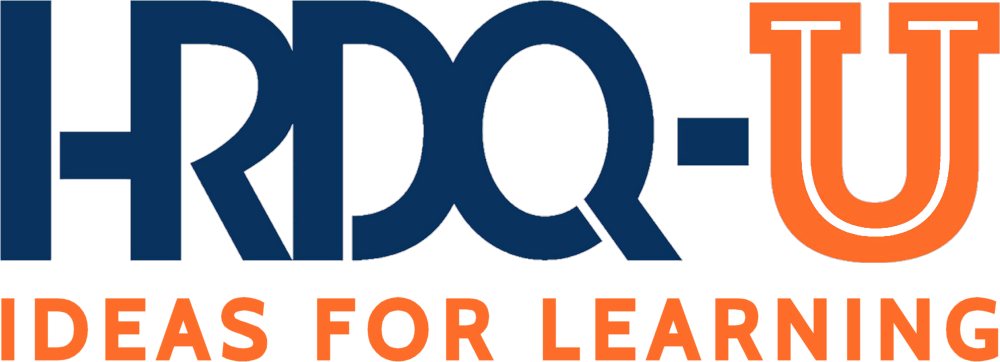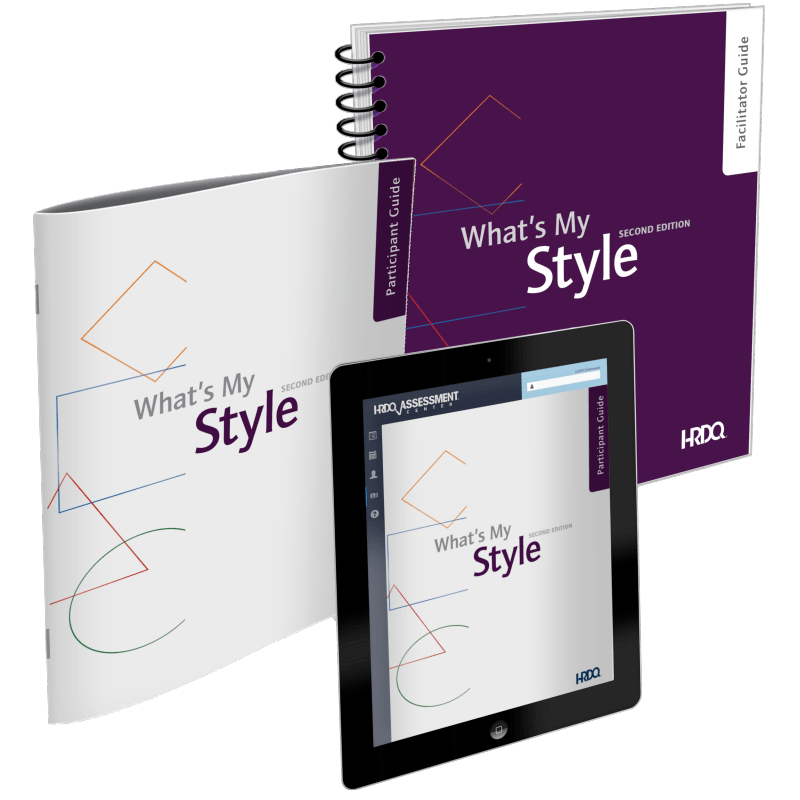The Foundation of Aptitude Tests
Aptitude tests are now a big part of the hiring process at businesses. They usually have strict time limits to see how well you can manage pressure. Most businesses use the same test format for everyone, which helps them compare job candidates in a fair way. The questions are designed to check the skills you’ll need for the job you want.
A study not too long ago showed that more than 75% of larger businesses now use these tests when hiring people. They’re a good choice for employers who need to go through many applications without spending too much time on each person. These tests can show them who might do better at the job or learn new skills faster. People in HR also think these tests help reduce personal bias when making hiring decisions.
For employers, these tests make it easier to compare people who have very different backgrounds. Your resume might not always show what you’re capable of. Aptitude tests can give you some insight into your potential in ways that your work history cannot. They try to measure your natural talents instead of just what you learned in school or at your last job. In the early stages of applying for jobs, your test score might matter more than your work experience.

These tests aren’t perfect, though. Some questions might unintentionally favor people from certain cultures. People with disabilities sometimes have problems taking these tests as well. Some people also worry that businesses focus too much on test scores instead of looking at you as a whole person.
Most of these tests look at similar things. The questions usually start out pretty easy, then get harder as you go. You don’t need any specific knowledge to answer them, just basic thinking abilities. If you learn how these tests work, you can improve your scores over time. People looking for jobs are usually surprised by how different these tests feel compared to the exams they took in school.
The Types of Reasoning Questions
Aptitude tests come in a few different types, each checking different parts of how you think. Numerical reasoning questions test how comfortable you are with numbers and data, and you may see charts or graphs that you need to read quickly. If you haven’t worked with math in a while, you might find these questions somewhat hard. Verbal reasoning questions examine how well you understand written information. Typically, you read a short passage and then answer questions about its meaning.
These verbal questions can be tough because the answers aren’t always clear, and sometimes, you need to read between the lines to get the right answer. Abstract reasoning tests how you see patterns and connections, and these questions often show you a series of shapes that follow a rule.
You need to find out what comes next in the pattern. One engineering job seeker named Nicole told us these were her favorite because they felt more like puzzles than tests. Spatial reasoning measures how well you can picture objects in your head, and you might need to mentally turn shapes or imagine how a flat pattern would look when folded up.

These questions count for design and engineering jobs. If you want to do well, try to visualize how a product might look from different sides, and you’ll need different thinking skills for different jobs. If you’re going for a job in finance, then you’ll probably see more numerical questions, while for a marketing job, you might get more verbal reasoning.
Technical jobs usually include abstract reasoning parts to test how you solve problems, and some job fields have their own types of questions, too. If you apply to software companies, they might give you coding challenges as part of their aptitude tests. When you apply to manufacturing companies, they often include mechanical reasoning questions about how physical things work, and healthcare jobs sometimes include ethical situations that test your judgment instead of just your reasoning skills.
People make the mistake of going too fast through the abstract questions. They look easy because they’re just shapes and patterns. But these questions actually show how you manage unfamiliar problems. Make sure that you take your time with them, especially when the patterns get harder.
Game-Based and Adaptive Formats
Interactive tests are changing the way businesses pick the right people for jobs now. You might end up solving puzzles or playing games instead of just filling in bubbles on paper. Businesses like Pymetrics use games based on brain science to get a look at how you think and what makes you tick. These tests are pretty different from the boring tests you took in school.
People who are looking for jobs actually like taking these new kinds of tests. They don’t feel as much pressure when the test feels more like a game than a scary exam. You’re still being tested on your abilities. But it doesn’t feel as scary. The games interest you while they measure what you can do.
Tests powered by AI can even adjust as you go through them. The next question gets harder if you do well on the latest one. If you have an issue with a question, you might get something a bit easier next. That means you don’t spend time on questions that are too easy for you. The test figures out your skill level much faster and produces better results.

Some of the newer tests also use video to check how comfortable you are with people. The computer might watch your facial expressions during an interview to see how you show emotions. Other tests put you in made-up situations where you need to work with others. These try to see if you’d be a great fit with the company’s way of doing things.
Bigger businesses usually try out these new tests first because they have more money to spend on them. Smaller businesses usually wait until the technology gets cheaper. Not everyone is happy with these new ways of testing, though. Some people worry that tests based on games could be biased toward some people or be tough on disabilities.
The businesses that make these tests are trying to make sure the games are fair for everyone. They need to show that doing well in fun puzzles means you’ll do well on the job, too. Businesses want to know if someone who’s talented at online challenges will perform well at work. The research is still trying to catch up with these new ideas for testing.
Create Your Questions
You need to know what skills you’re actually testing when you make aptitude test questions. The best questions use easy words and have just one right answer. Don’t confuse people with fancy words or formats. You should make sure the difficulty matches the job level you’re trying to fill. For entry-level jobs, you can create problems that anyone who’s qualified can solve.
If you’re hiring managers, you might want to see how they work through harder situations. If it’s a senior role, your questions should show if they can think ahead and find the bigger problems. Your test should match what the person will be doing in their day-to-day work. Lots of big businesses put real effort into their tests. McKinsey uses case questions that feel like the consulting work they actually do.

Google asks people to do the same kind of work they’d do on the job. These businesses have realized that these questions help them find who’ll do well. People who make tests tend to make the same mistakes repeatedly. They write instructions that don’t make sense or include questions where more than one answer could work. Sometimes, they throw in extra information that just gets in the way.
These problems can make people perform poorly for reasons that don’t matter. You should look out for hidden bias in your questions. If you use cultural examples or expressions, people from different backgrounds might struggle. Gender stereotypes can appear without you even noticing them. Even your examples might assume that everyone knows things when they don’t.
You should test your questions with a small group first before you use them with everyone because this helps you catch any problems early and fix them. You might find that some questions are way too hard or way too easy. People might also interpret the questions differently than you meant. A test usually has a few types of questions, and multiple-choice questions are quick to answer and score.
Questions that don’t have set answers can let people show how they think. Short answers can check knowledge without taking forever. Keep your language plain in every single question. Give people just enough background information to know what you’re asking. Don’t use terms unless you’re actually testing if they know them, and make sure each question shows what you want from the person.
Free Sample Guides
Use some materials that you can trust for aptitude tests to help you score higher. The test format might feel strange if you’ve never seen one before, and sample questions will let you get familiar with how these tests are laid out so you won’t have to find out about the test setup during the real thing.
You should check out practice materials from big test providers like JobTestPrep and AssessmentDay. They make materials that match what you’ll see on test day, and these resources work because they’re made by people who know what employers test. Good practice materials don’t just tell you the right answers – they also explain why an answer is right and show you how to solve similar questions later on.
It’s pretty normal to feel nervous before your aptitude test. Sample questions help take away some of that worry and build your confidence, while the types of questions you see in practice make the test seem less scary. You’ll walk into the test feeling ready instead of worrying about what could be on it.

You might think you can just use your common sense to pass these tests. But this usually doesn’t work out well because aptitude tests have formats and tricks you need to practice for. Even people can do poorly if they don’t practice.
Free materials you find online can work, too. But you need to be careful about how good they are. Some practice tests you find online may have old questions or formats that don’t look like real tests, which could lead you to practice the wrong things or pick up bad habits for taking tests. It’s better to use a few good practice materials than free ones that might not be right.
Practicing with a timer is worthwhile, too. Solving problems without a timer is very different from doing them during a timed test, and timed practice tests help you answer the questions faster. You’ll get better at handling your time and won’t waste too much time on the hard questions.
Balance Your Hiring Data and Decisions
When you look at assessment tools, they can give you some worthwhile information. But they’re just a part of the whole hiring process. You’ll get the best results when you use a combination of good data and your own judgment. When you look at test scores and how someone addresses problems, you can get a better picture of what they might bring to the table. Sometimes, you’ll meet a candidate whose personal qualities or problem-solving skills look great compared to their test scores, which shows us that each person has strengths that might not appear on standard tests.
New technologies and methods are changing how we hire people. But your job stays the same – to find the right person for your team. Tests can give you some structure and help you stay steady, while interviews and work samples show you things like character, creativity, and how well someone might fit in with your team. Your preferences might depend on your type of business, how big your company is, and what you need the most. Keep in mind that tests only measure what they’re designed to measure, and remember that the qualities that matter most for someone to fit well in your job and workplace aren’t always captured by tests.

People learn about this changing field as they work on improving their hiring process. We’ve created a learning community at HRDQ-U for people who want to be great at what they do through webinars, podcasts, and blog posts with tips. Sign up to get access to our awesome library of on-demand content and stay up to date with the latest in HR and leadership training! Check out our webinar, A New Leader’s Playbook: Lead Change Through Tough Conversations, which addresses some of the people management challenges we’ve been talking about.
If you’re looking for a personality assessment, we’ve done the work for you. Take a look at What’s My Style, a powerful personality assessment that helps individuals identify their behavioral style, improve people skills, and enhance interpersonal interactions. With a simple 18-item inventory, participants gain insights into their strengths, challenges, and how to leverage their style for greater success. This tool helps you get better at making hiring decisions and building stronger teams by understanding everyone in your team!

































